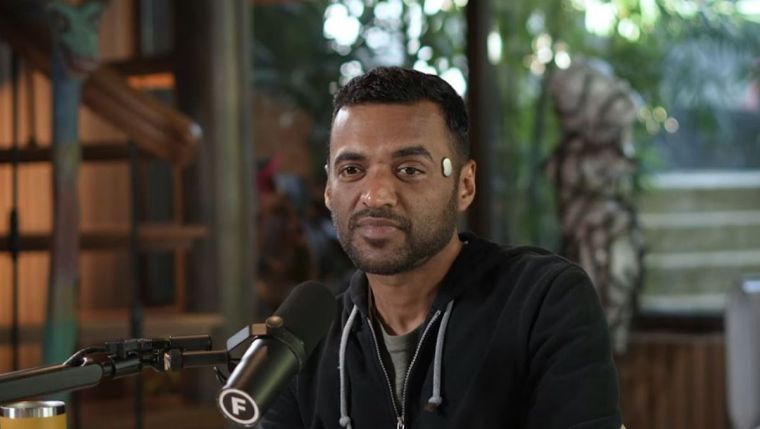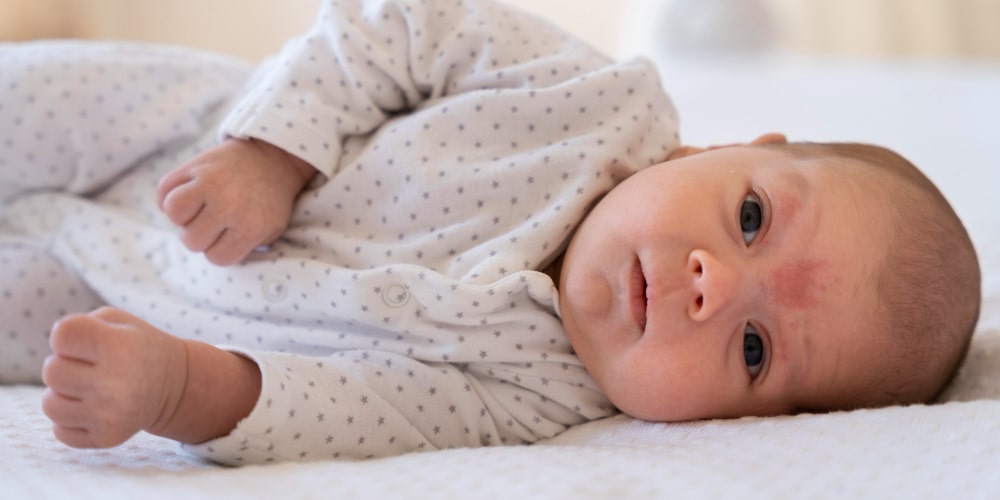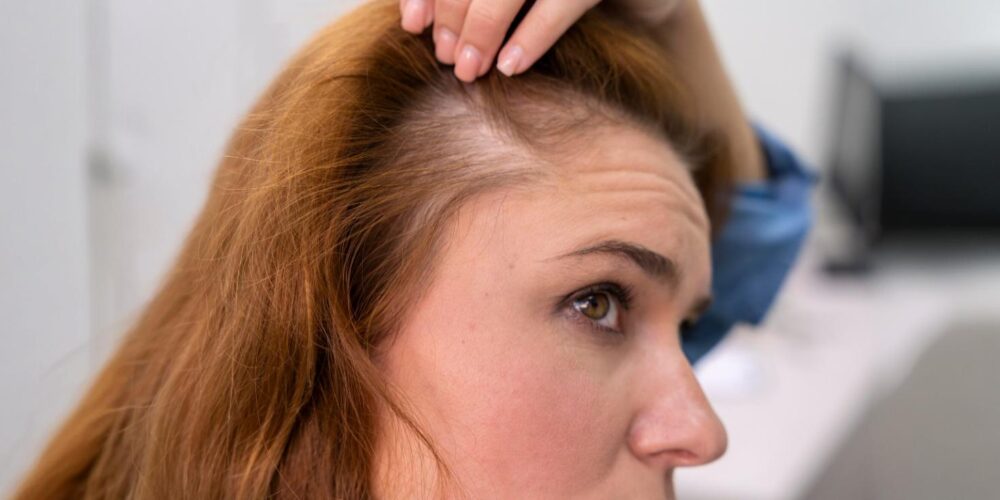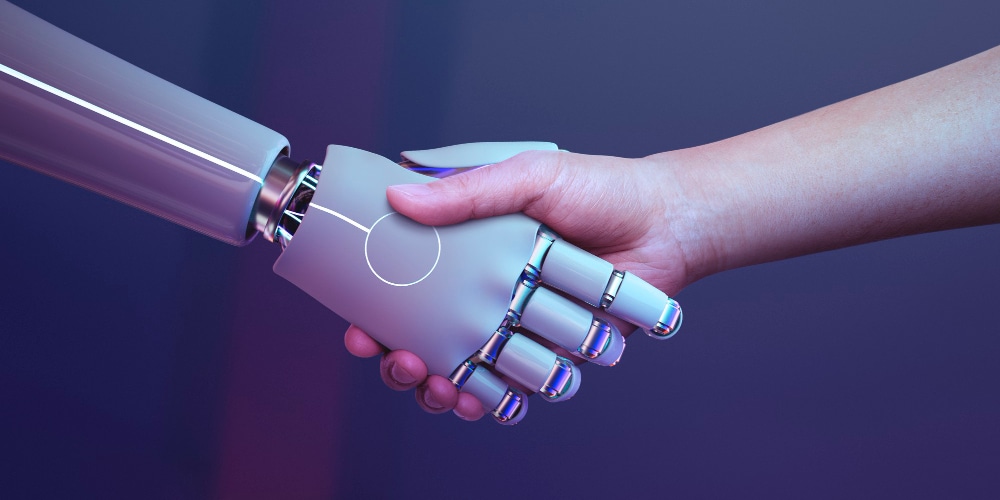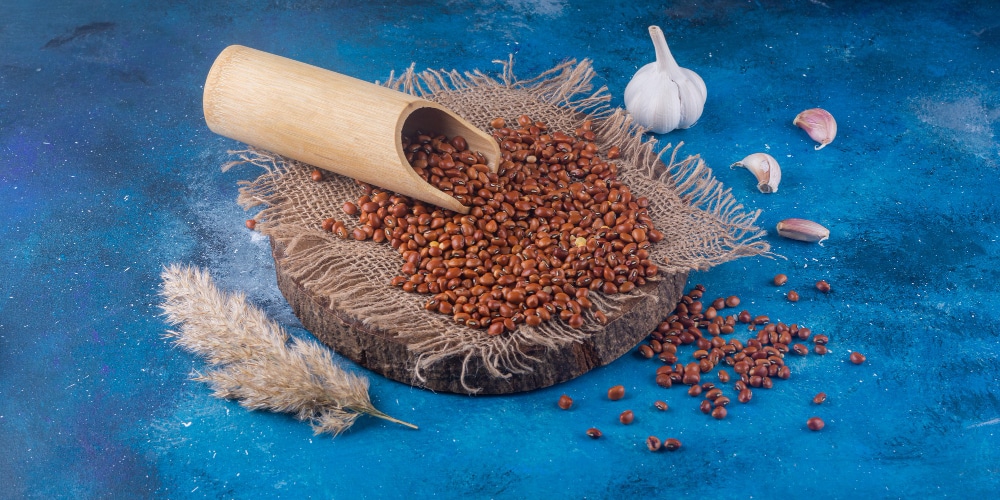Barbie gets real: New doll with Type 1 diabetes wins hearts
For the 1.2 million children with diabetes worldwide, Barbie’s new look is more than fashion, it’s visibility
Author
Author
- admin / 6 months

- 0
- 5 min read

Author
Mattel, an American multinational toy manufacturing and entertainment company, recently announced a new addition to its Barbie Fashionistas line: a Barbie doll with Type 1 Diabetes (T1D). This Barbie comes with a glucose monitor (CGM) and insulin pump. The point is to destigmatize T1D and help children with the condition feel included.
“Introducing a Barbie doll with type 1 diabetes marks an important step in our commitment to inclusivity and representation,” said Krista Berger, Senior Vice President of Barbie and Global Head of Dolls. “Barbie helps shape children’s early perceptions of the world, and by reflecting medical conditions like T1D, we ensure more kids can see themselves in the stories they imagine and the dolls they love.”
For the estimated 1.2 million children and adolescents worldwide living with T1D, including over 100,000 in India, this launch is being called a symbol of representation and resilience.
The reality of T1D for kids
Type 1 diabetes is a lifelong autoimmune condition where the pancreas produces little to no insulin, requiring children to monitor blood sugar levels and administer insulin daily. India has the highest number of children with Type 1 Diabetes Mellitus (T1DM) in Southeast Asia, with the International Diabetes Federation’s 6th Diabetes Atlas reporting an incidence of three new T1DM cases per 100,000 children aged 0–14 years.
Globally, the International Diabetes Federation reports that T1D affects over 1.2 million young people, often diagnosed in childhood. Managing T1D is a relentless task, which includes checking glucose levels, using devices like CGMs or insulin pumps, and navigating dietary restrictions, which can feel overwhelming for kids.
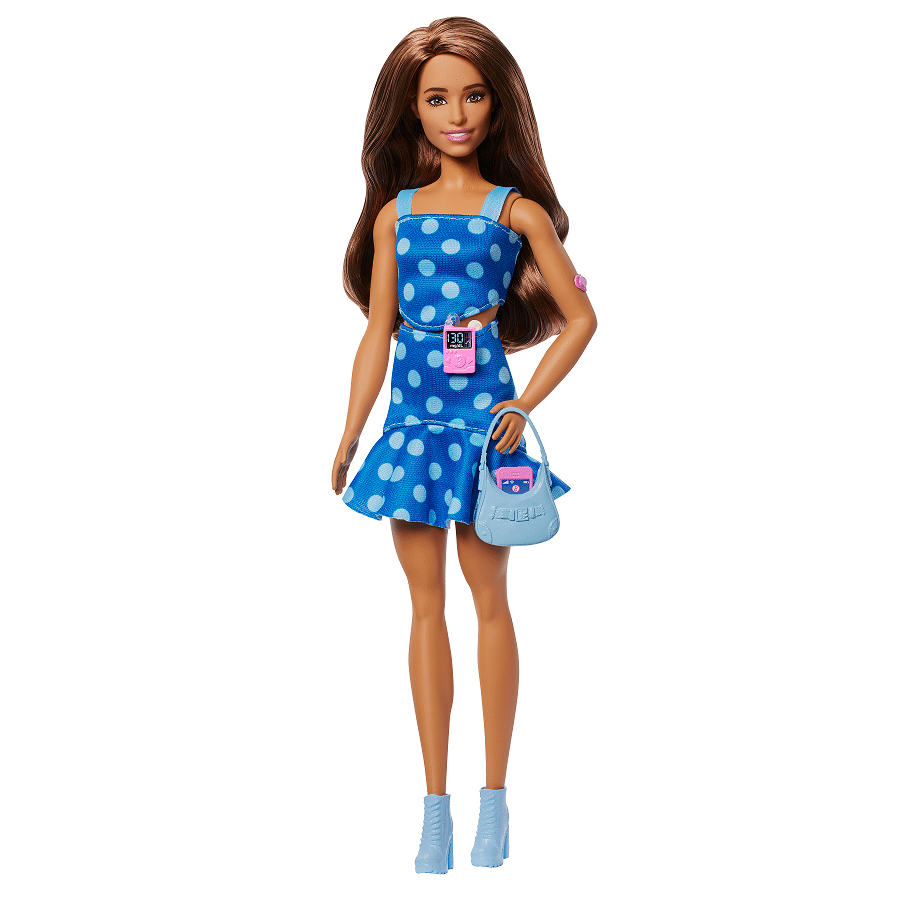
Children with T1D often face stigma, with peers misunderstanding their condition or viewing medical devices as “weird.” This can lead to feelings of isolation, anxiety, or low self-esteem.
A fun way to normalize T1D
The T1D Barbie, dressed in a chic blue polka-dot outfit symbolizing diabetes awareness, features a CGM on her arm with heart-shaped medical tape and an insulin pump at her waist. A phone displaying a CGM app and a purse for diabetes supplies complete the look, reflecting the daily realities of T1D.
The Barbie Fashionistas line offers over 175 diverse looks, consisting of a range of skin tones, eye colors, hair types, body shapes, disabilities, and fashion styles, including dolls such as a Blind Barbie, a Barbie with Down Syndrome, and a Barbie with Hearing Aids.
In 2020, Barbie launched a multi-year research collaboration with Cardiff University to explore the short- and long-term benefits of doll play. The study revealed that doll play plays a vital role during critical developmental phases, bringing empathy, enhancing social skills, and encouraging children to envision their futures in an inclusive manner.
The internet reacts emotionally
The launch has sparked heartfelt reactions, especially from parents on platforms like X. Justin Dean, an X user and father of a 12-year-old T1D daughter, shared, “My daughter is 12, been living with it 8 years now. Every time she has to change her pump or put on a new Dex I would do anything to trade places with her so she doesn’t have to.”
He added, “…for those of us who care for little girls who have Type 1 diabetes (a disease they have no control over), this is actually really cool. My daughter is too old for Barbies now, but she got excited over this and would have loved it a few years ago.”
As comments from the parents flooded the internet, a TD1 parent wrote, “Who knew a Barbie would bring all the T1D dads together on X.”
Another X user, @flutzafana, wrote, “When I was driving to work yesterday the radio commentators were ranting about the new Barbie that has type 1 diabetes and comes with an insulin pump and how ‘not everything needs to be represented’ as if it’s not the reality for some children.”
“I saw that many people didn’t like the idea, but I loved it. I think it’s super inclusive and empathetic. The world needs more things like this! This can comfort so many children who have diabetes and have to deal with it every day. Seeing this kind of doll can help,” another user wrote.
Barbie’s journey toward inclusion
Barbie, once criticized for promoting unrealistic beauty standards, has spent nearly a decade redefining its identity. Since 2016, the Fashionistas line has introduced diverse looks, including dolls with varied skin tones, body types (curvy, petite, tall), and disabilities like Down syndrome, blindness, and mobility challenges.
Dolls with vitiligo, prosthetic limbs, hearing aids, and wheelchairs are impacting a new generation. With its newest addition, Barbie has made a salutary bid to evolve from a cultural icon to a symbol of inclusion.
Also read: FACT CHECK: Can scientists reverse type 2 diabetes by silencing specific brain neurons?

